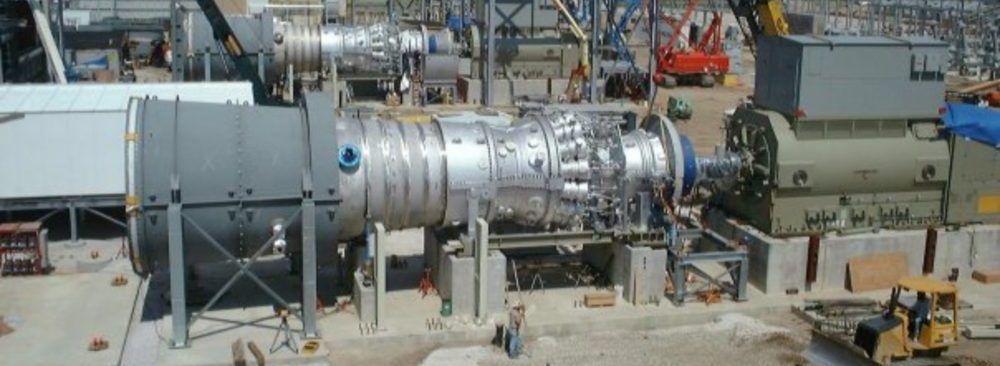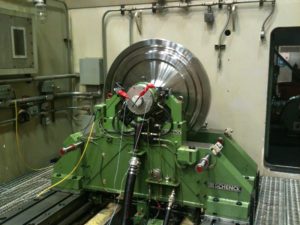Vibration Case Histories:
[pdf-embedder url=”https://dyroma.com/wp-content/uploads/2017/01/Case-History-Nov2013-rev1.pdf” title=”Case History Nov2013 rev1″]
Download
[pdf-embedder url=”https://dyroma.com/wp-content/uploads/2016/12/ASME-Paper-Endres-Power2007-22038-Final.pdf” title=”asme-paper-endres-power2007-22038-final”]
Download
[pdf-embedder url=”https://dyroma.com/wp-content/uploads/2017/01/ASME-Power2009-81019-Ned-Endres-Final-22May09-rev1.pdf” title=”ASME Power2009-81019 Ned Endres Final 22May09 rev1″]
Download
[pdf-embedder url=”https://dyroma.com/wp-content/uploads/2017/01/ASME-Piping-2011-Ned-Endres-Final.pdf” title=”ASME Piping 2011 Ned Endres Final”]
Download
[pdf-embedder url=”https://dyroma.com/wp-content/uploads/2017/01/Exercise-Floor-Case-History-1999.pdf” title=”Exercise Floor Case History 1999″]
Download
A recent discussion concerning fluid film instability involving tilt pad bearings reminded me of another instance of whirl involving a tilt pad bearing from 2015, however the bearing was not the root cause. During startup of a 188MW DFLP turbine, vibration trip event at approximately 13:27 due to high vibration levels at LP bearings #3/#4. This startup was 3600 rpm and no load run of the unit. This event was caused by a sub-synchronous vibration condition (whirl), or called fluid film instability. Initial symptoms of this vibration occurred at about 13:18, and persisted at a low level for several minutes. This whirl condition had a frequency of 1370 cpm or 38% of running speed. For these whirl events, potential root causes were likely caused by either low gland steam seal vacuum, or bearing lube oil issue. Subsequent runs of this unit while under load exhibited no symptoms of whirl; bearing lube oil re-circulation was ruled out as a root cause. Both bearing #3 and #4 exhibited whirl of high intensity, which suggested gland steam vacuum was likely the primary root cause.

